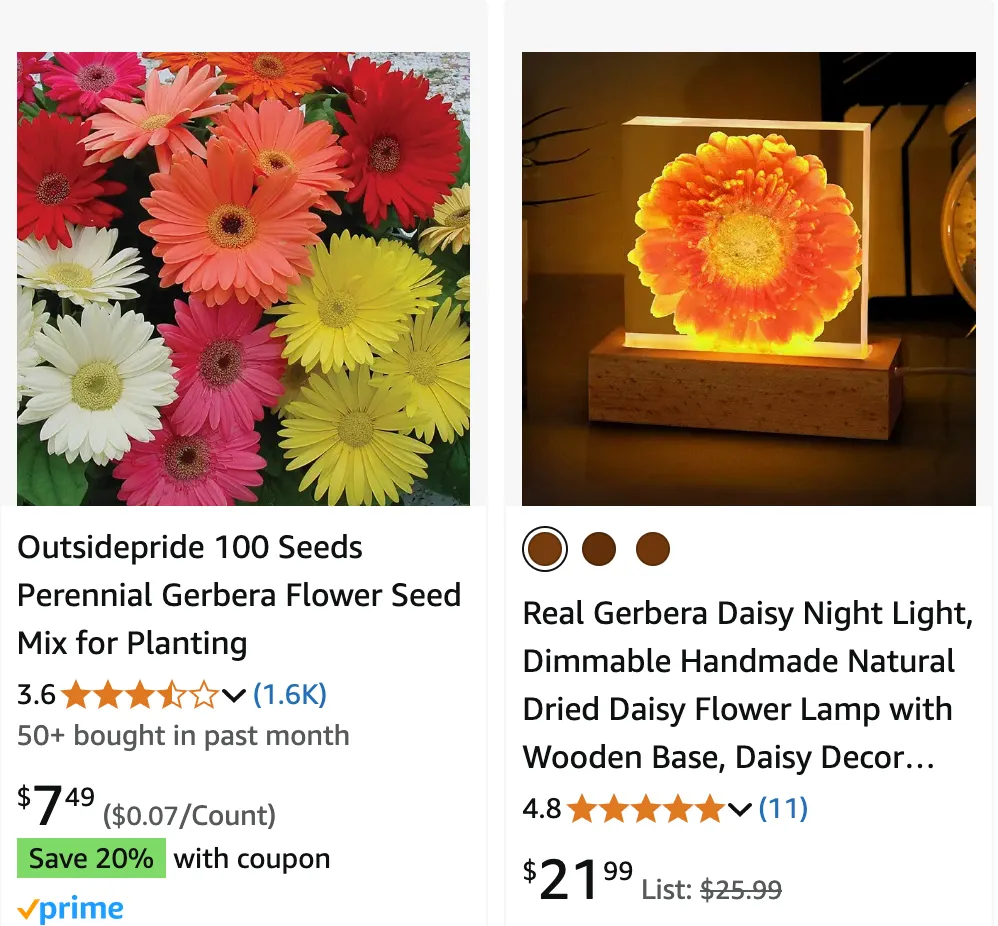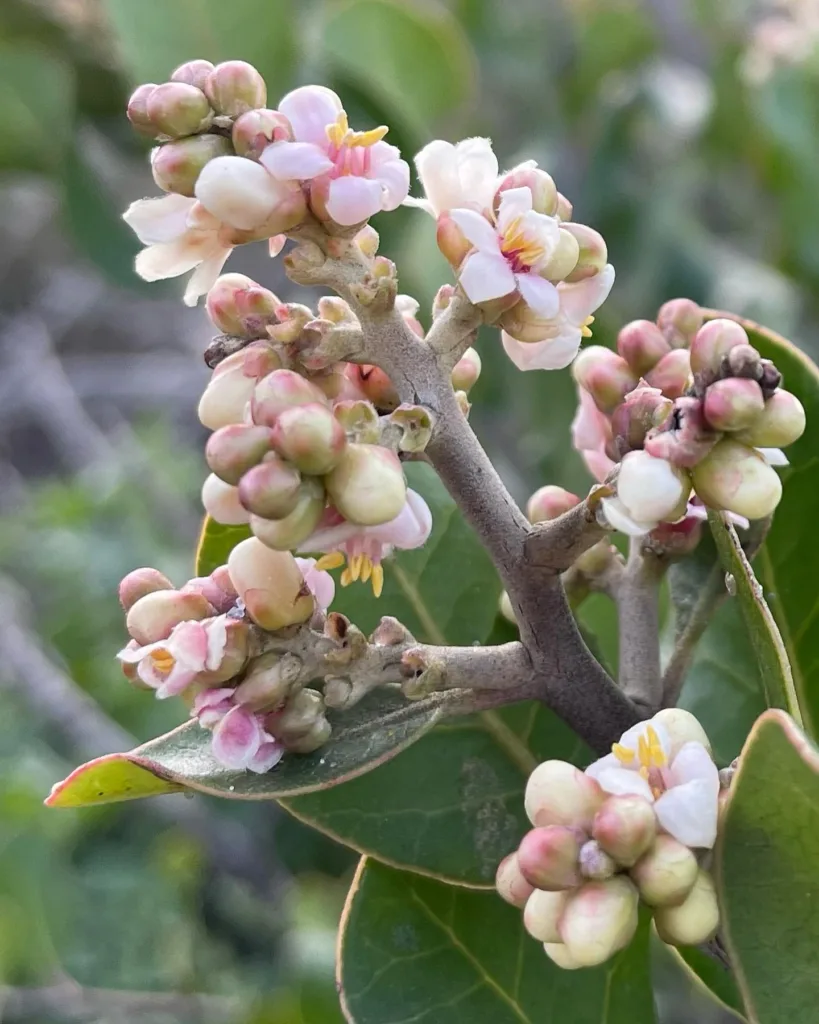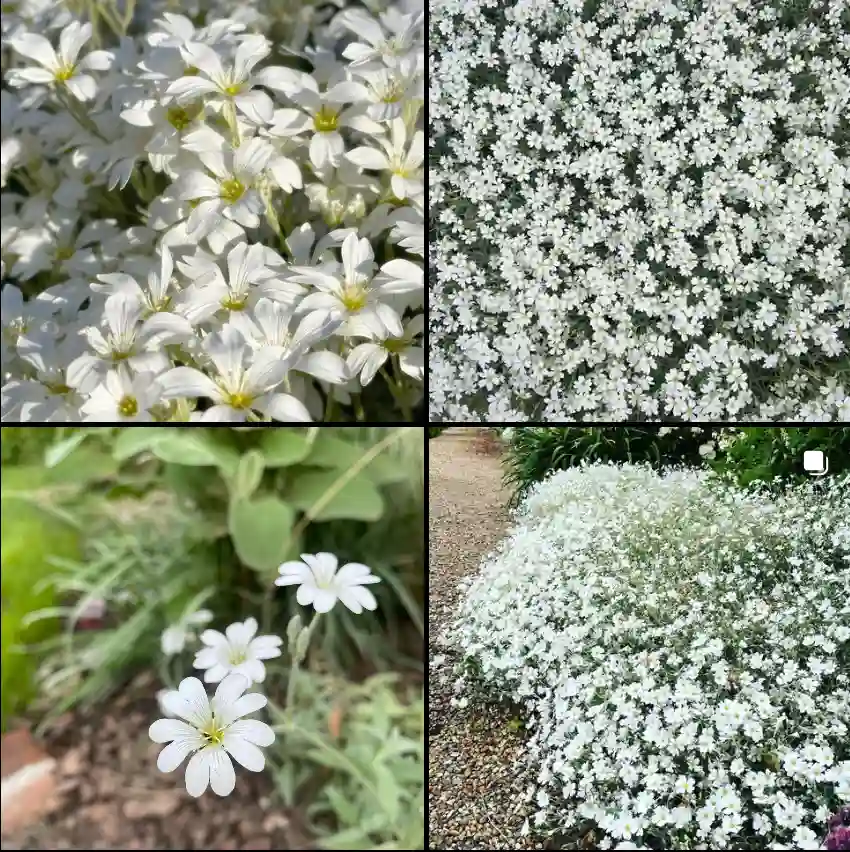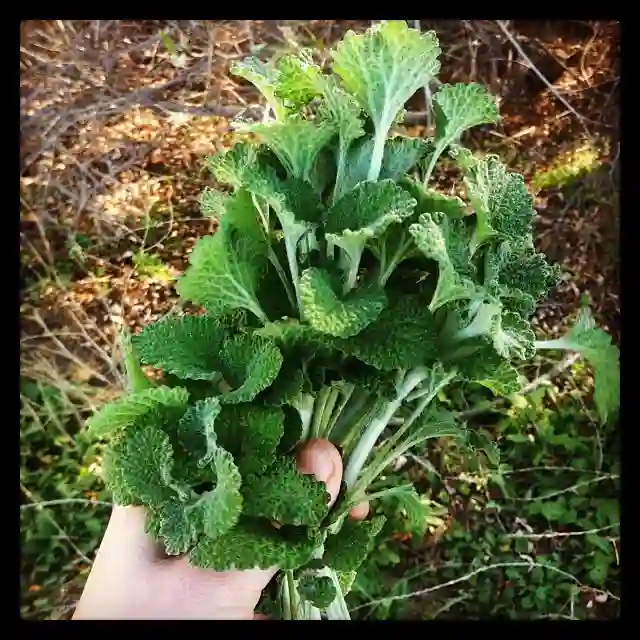
August 5 – Gerbera
"Gerbera, the daisy of happiness, defines August 5."
Gerbera represents cheerfulness and loyalty. You bring positivity and steadfast support to those you love. Like its radiant colors, your energy is warm and inviting.
Gerbera: A Vibrant Genus
I’ve always been drawn to the vibrant hues and cheerful disposition of gerbera daisies. Their captivating beauty and versatility have made them a staple in gardens and floral arrangements worldwide. As an enthusiast, I’ve delved into the fascinating world of this genus, exploring its diverse species and intriguing characteristics. Join me as I share my insights into the captivating world of gerbera.
Origins and Discovery
The gerbera genus, belonging to the Asteraceae family, is native to various regions across the globe, including South Africa, Madagascar, and tropical Asia. It was named in honor of Traugott Gerber, a German botanist and physician who traveled extensively in Russia during the 18th century. Gerber’s contributions to the field of botany, coupled with his friendship with Carl Linnaeus, the father of modern taxonomy, led to this fitting tribute.
What do gerbera daisy seeds look like?
Gerbera daisy seeds are tiny little things, almost like little flecks of dust in your hand. When I first saw them, I was surprised by how small they were. They’re usually dark in color, like a deep brown or black, and they have this almost papery texture to them. It’s fascinating to think that from such small, delicate seeds, you can grow these beautiful, vibrant flowers. Whenever I handle gerbera daisy seeds, I can’t help but feel a sense of anticipation and wonder about what they’ll become.
A Diverse Genus
The gerbera genus encompasses a wide array of species, each boasting unique characteristics and captivating beauty. Here are:
- Gerbera jamesonii: This species, commonly known as the Transvaal daisy or Barberton daisy, is native to South Africa and is one of the most widely cultivated gerbera species. It is renowned for its vibrant colors, ranging from fiery reds and oranges to sunny yellows and delicate pinks.
- Gerbera viridifolia: This species, also known as the green-leaved gerbera, is native to South Africa and is characterized by its distinctive green foliage. Its flowers are typically pink or white, adding a touch of elegance to its unique appearance.
- Gerbera aurantiaca: This species, commonly known as the Hilton daisy, is native to South Africa and is prized for its striking orange flowers. Its compact size and vibrant blooms make it a popular choice for gardens and containers.
- Gerbera ambigua (Cass.) Sch.Bip.
- Gerbera bojeri Sch.Bip.
- Gerbera cordata (Thunb.) Less.
- Gerbera crocea Kuntze
- Gerbera diversifolia Humbert
- Gerbera elliptica Humbert
- Gerbera emirnensis Baker
- Gerbera galpinii Klatt
- Gerbera grandis J.C.Manning & Simka
- Gerbera hypochaeridoides Baker
- Gerbera leandrii Humbert
- Gerbera linnaei Cass.
- Gerbera ovata J.C.Manning & Simka
- Gerbera parva N.E.Br.
- Gerbera perrieri Humbert
- Gerbera petasitifolia Humbert
- Gerbera piloselloides (L.) Cass.
- Gerbera serrata Druce
- Gerbera sylvicola Johnson, N.R.Crouch & T.J.Edwards
- Gerbera tomentosa DC.
- Gerbera wrightii Harv.
Morphological Characteristics
Gerbera species exhibit a captivating range of morphological characteristics, contributing to their allure and versatility. Their flower heads, composed of numerous individual flowers or florets, come in a variety of forms, including single, double, and crested. The ray florets, which resemble petals, surround the central disc florets, creating a captivating contrast. The leaves of gerbera plants are typically lobed or deeply divided, adding to their visual appeal.
Cultivation and Care
Gerberas thrive in well-drained soil and prefer full sun to partial shade. They require regular watering, especially during dry periods, but it’s crucial to avoid overwatering, which can lead to root rot. Deadheading, or removing faded flowers, encourages continuous blooming and maintains the plant’s aesthetic appeal. Gerberas are relatively low-maintenance plants, making them a popular choice for gardeners of all skill levels.
Symbolism and Significance
Gerberas hold significant symbolism in various cultures, often associated with cheerfulness, innocence, and purity. Their vibrant colors and cheerful disposition make them a popular choice for expressing joy, gratitude, and appreciation. In the language of flowers, gerberas convey messages of friendship, loyalty, and remembrance.
Can you over winter gerbera daisies?
Yes, you can definitely overwinter gerbera daisies, but it can be a bit tricky depending on your climate. I’ve tried it a couple of times, and I’ve found that it’s best to bring them indoors if you live in an area where winters are particularly harsh. I remember the first time I attempted to overwinter them outside; unfortunately, the cold temperatures proved too much for them, and they didn’t survive. Since then, I’ve learned to bring them inside before the first frost hits. I find a sunny spot for them near a window, and with proper care, they usually do well throughout the winter months. It’s a bit of extra effort, but it’s worth it to see those beautiful blooms again in the spring.
How to deadhead gerbera daisies?
Deadheading gerbera daisies is a task I’ve grown quite accustomed to over the years. When the blooms start to fade and wither away, I gently pinch them off right at the base of the flower stem. I remember when I first started gardening, I was a bit hesitant about doing it, fearing I might damage the plant. But after a bit of practice, I realized how simple and beneficial it is for encouraging new blooms. It’s almost therapeutic, really, to spend some time in the garden, tending to the plants and helping them look their best. Plus, deadheading not only keeps the gerbera daisies looking tidy but also promotes healthy growth and prolongs the flowering season, which is always a plus in my book.
Why are my gerbera daisies drooping?
When my gerbera daisies start drooping, it’s usually a sign that they’re not getting enough water or sunlight. I remember one time when I noticed them looking a bit sad and droopy, and after checking the soil, I realized it was bone dry. It’s essential to keep the soil consistently moist but not waterlogged, especially during hot summer days. Additionally, I’ve learned that gerbera daisies thrive in bright, indirect sunlight, so if they’re not getting enough light, they can start to droop. Sometimes, though, it can also be a sign of root rot if they’ve been overwatered or if the soil isn’t well-draining. It’s all about finding the right balance of water, sunlight, and soil conditions to keep them happy and healthy.
Are gerbera daisies poisonous to cats?
Yes, gerbera daisies are indeed toxic to cats. I’ve always been cautious about keeping them out of reach of my feline friends because I know that if they were to nibble on the leaves or flowers, it could lead to digestive issues or even more severe symptoms. It’s something I learned early on in my gardening journey when I first brought home a bouquet of gerbera daisies and did some research on pet-safe plants. Since then, I’ve made sure to keep them in areas where my cats can’t access them, ensuring the safety of both my plants and my furry companions.
Are gerbera daisies poisonous to dogs?
Yes, gerbera daisies are considered toxic to dogs as well. I remember being surprised to learn this when I first started gardening, as I had always associated these cheerful flowers with happiness and beauty. However, I quickly realized the importance of being cautious, especially when it comes to the safety of my pets. If a dog ingests any part of a gerbera daisy, it can lead to gastrointestinal upset, including symptoms like vomiting and diarrhea. So, just like with cats, I’ve made sure to keep my gerbera daisies in areas where my dogs can’t reach them, ensuring a safe environment for both my plants and my beloved pets.
Do deer eat gerbera daisies?
Deer have never been a significant issue for me when it comes to my gerbera daisies. In fact, I’ve found that deer tend to avoid them, which is a relief considering how much time and effort I put into cultivating those vibrant blooms. I’ve heard that deer typically prefer plants with softer foliage or sweeter flowers, so gerbera daisies, with their thick, leathery leaves and less aromatic blooms, don’t seem to be as appealing to them. Nonetheless, it’s always a good idea to remain vigilant, especially if you live in an area with a large deer population, as their feeding habits can vary depending on factors like food availability and seasonal changes.
How to pronounce gerbera daisy?
The pronunciation of “gerbera daisy” is typically pronounced as “GER-buh-ruh DAY-zee.” The emphasis is placed on the first syllable of “gerbera” and the first syllable of “daisy.” It’s a lovely name for such beautiful and colorful flowers!
Do rabbits eat gerbera daisies?
Rabbits can be quite pesky when it comes to munching on garden plants, but thankfully, gerbera daisies don’t seem to be one of their favorites. From my experience, rabbits tend to avoid gerbera daisies, perhaps because of their thick, tough leaves and less appealing taste compared to other plants. However, it’s always a good idea to keep an eye on your garden and take precautions if you notice any signs of rabbit activity, such as nibbled leaves or stems. Using fencing or repellents can help deter rabbits from feasting on your prized flowers.
Do squirrels eat gerbera daisies?
Squirrels can sometimes be a nuisance in the garden, but fortunately, they don’t seem to have much interest in munching on gerbera daisies. I’ve noticed that they tend to prefer nuts, seeds, and fruits over flowers like gerbera daisies. However, it’s always a good idea to monitor your garden for any signs of squirrel activity, especially if you live in an area with a high squirrel population. Taking preventive measures like using barriers or repellents can help protect your gerbera daisies and other plants from curious squirrels.
Conclusion
The gerbera genus, with its diverse species and captivating beauty, has captured the hearts of flower enthusiasts worldwide. Its vibrant colors, cheerful disposition, and versatility have made it a staple in gardens, floral arrangements, and cultural expressions. As I continue to explore the fascinating world of gerbera, I’m constantly amazed by its resilience, adaptability, and enduring appeal.
If i die, water my plants!



